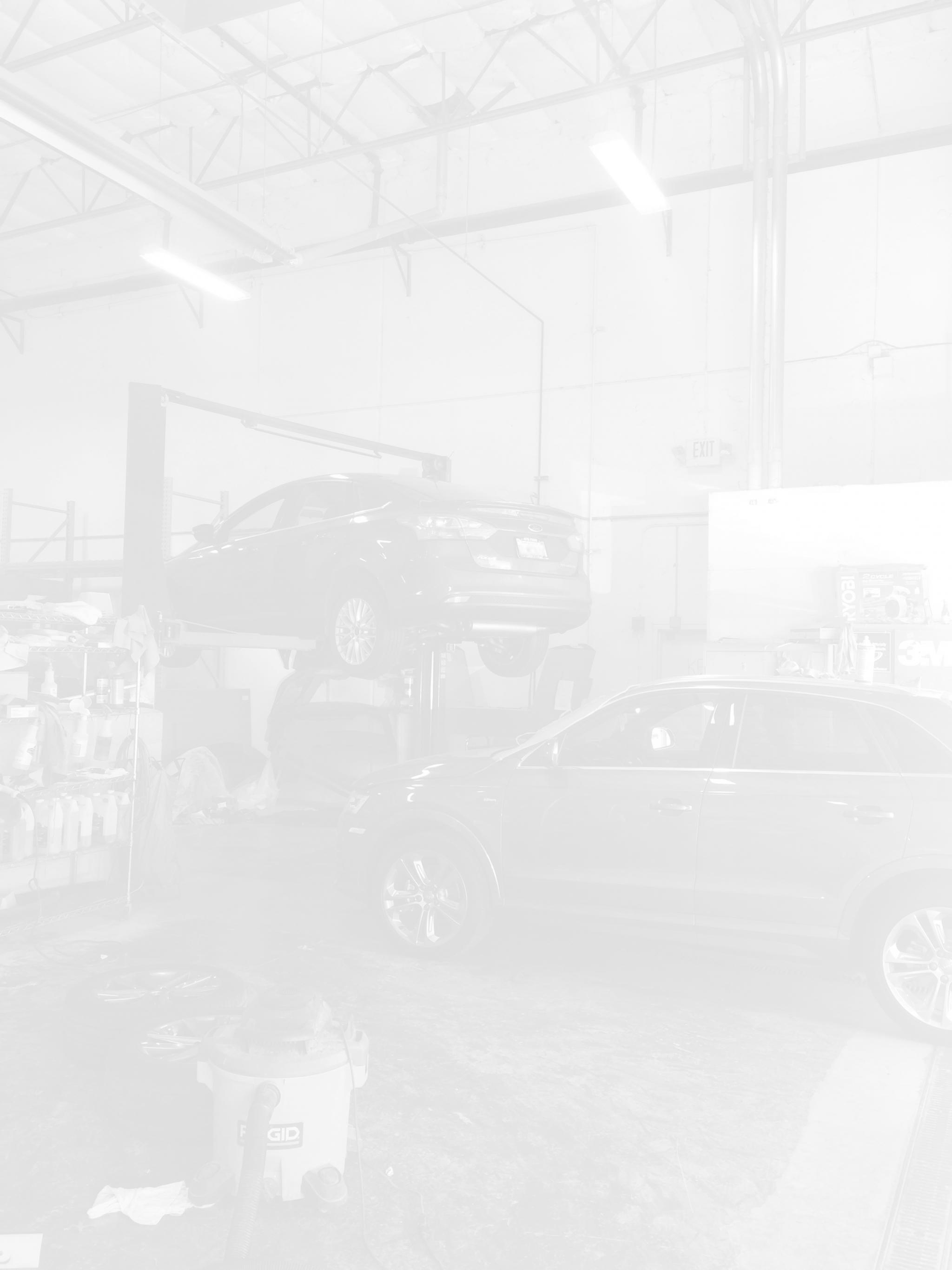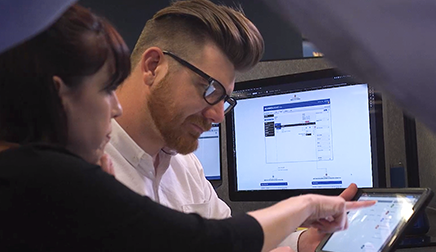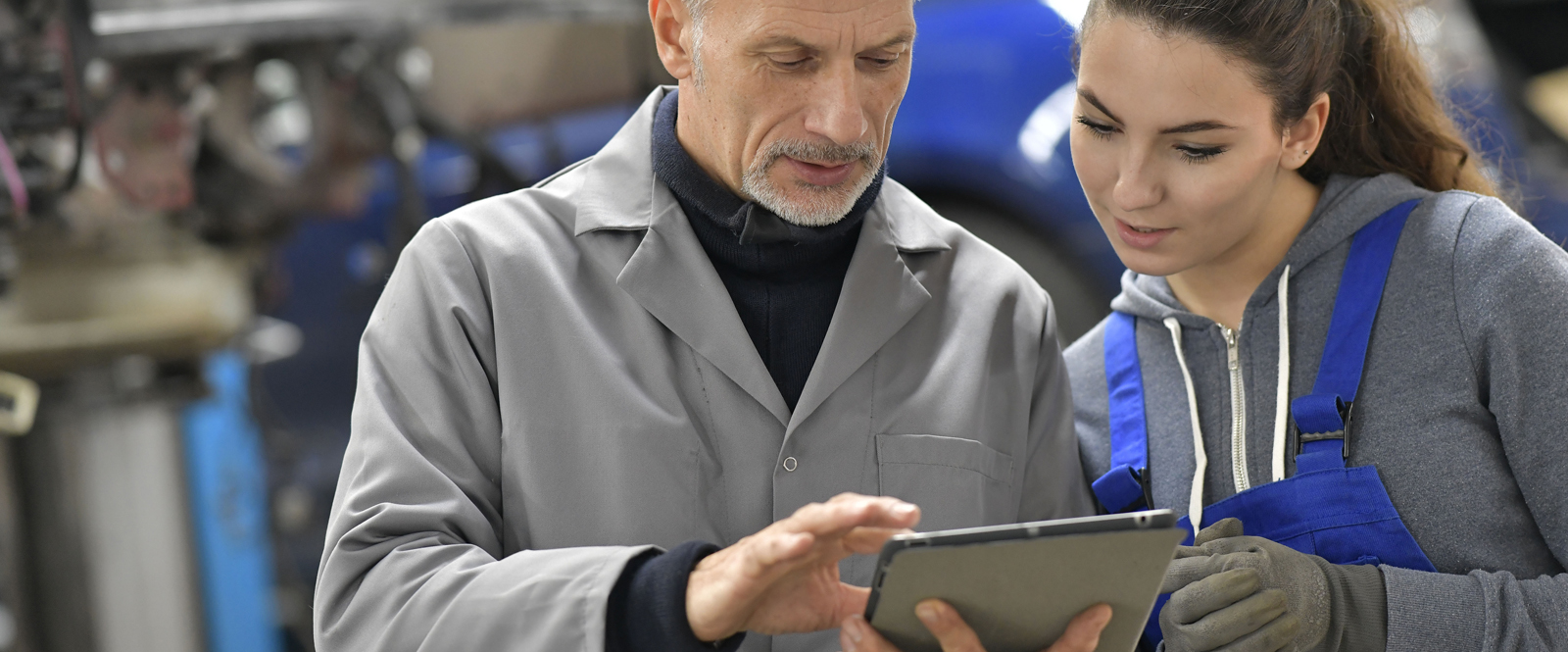
Bridging the gap between students and employers
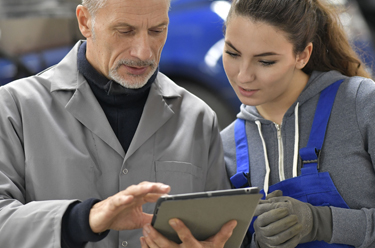
An interview with ASE Education Foundation Leaders
Recently ALLDATA had the opportunity to talk with President Mike Coley and Vice President George Arrants from the ASE Education Foundation. The organization is instrumental in reimagining ways of cultivating an inspired workforce to fill the needs of the automotive industry. It constantly strives to bridge the gap between the employer’s needs and how/what students are taught by aligning schools, students, instructors, training managers, and employers in a universal cohesive system.
This interview covers this year’s ASE Instructor Training Conference, the new ASE Adopt-a-School Toolkit program, the revision of ASE’s school accreditation process, and the expansion of school-to-work activities that include a formal apprenticeship program.
ALLDATA: Back in July, you hosted the 2021 ASE Instructor Training Conference, which is designed for high school and college instructors from the auto, truck, and the collision repair programs nationwide. It's been about two years since the last instructor conference, and no doubt a lot has changed. What were the biggest takeaways from this year's conference?
We feel that the technician shortage is a national problem, but it has a local solution.
MIKE COLEY: So first, in every survey, email or phone conversation we had afterwards, the instructors said that they were extremely impressed with all the presentations. They loved the amount of technical content. On the auto side particularly, there were several presentations about electric vehicles, ADAS, and other exciting new technologies. The instructors were absolutely wowed by what’s coming down the pipeline and they really appreciated the opportunity to see it firsthand.
GEORGE ARRANTS: We had some presenters that used innovative green screen technology and multiple cameras to deliver amazing live presentations – not just PowerPoint. And those presentations were over the top. I've got to tell you; they raised the bar tremendously. It was almost like you were watching one of those professional baking shows where something is supposed to cook for three hours, but they pull out one that's done and then continued the process. Those presentations really got people's attention and were very good.
ALLDATA: Did everyone like the virtual format?
MIKE COLEY: Since this was the first big, virtual conference that we’d done, we surveyed attendees about the format. Did they prefer the virtual format we used this year or face-to-face as we have used in the past? It was interesting. There were a handful that said, "Oh yeah, virtual." Then there was a slightly larger handful that said, "Face-to-face." But the vast majority of people said that they would like to be able to have it available both ways.
People obviously appreciate the opportunity to meet and get together face-to- face. I think folks who have been to previous conferences know about all the networking that goes on outside of the regular training sessions. But saving on travel costs, time, and the ability to view recordings when it’s convenient is also important to folks. So, we'll probably be looking at virtual and hybrid solutions for next year's conference, which should be live in Frisco, Texas, July 12-15, 2022. There will be information about that on our website early next year.
GEORGE ARRANTS: About 20% of the schools attending the conference were not ASE accredited but they wanted the technology and training. That to me was very positive. We were very excited about that.
ALLDATA: Maybe they will become ASE accredited schools at some point.
MIKE COLEY: Yes, our hope is that people see the quality of the programs we offer, and they’ll get interested, learn more, and become accredited.
ALLDATA: Was there anything else that you were hearing from instructors, such as major pain points or challenges?
MIKE COLEY: I think everyone is very much looking forward to getting back to more face-to-face and more hands-on time in the lab. It’s been a challenge to deliver the curriculum virtually. Many instructors adapted quite well, but you can't do hands-on lab instruction virtually. It just doesn't work. I think, it's the thing that the instructors really missed, the students really missed, and what everybody is really hoping we can get back to this fall.
ALLDATA: When I was instructor, lab time was extremely important. Students seem to learn best when they can make a connection between what they learn in the classroom and then physically applying those concepts in the shop.
We've also created documents and support materials that make it easier for schools to start the process, do a self-evaluation to see where they are and where they need to be to earn accreditation.

MIKE COLEY: Also, that's really the only way that the instructor can get feedback and know that the students are really absorbing the information.
ALLDATA: Good point. So, where is the ASC Education Foundation currently focusing its efforts?
MIKE COLEY: There are three big activities we're working on. First, we've got a new product that's called the Adopt-a-School Toolkit. It’s a means of forging relationships between schools and local businesses. The idea is that, for a school program to be successful, there needs to be strong partnerships with local auto dealers, repair shops and parts stores – places that are ultimately going to hire graduates from the program.
It's also critical for schools to know that there's enough demand in the industry and the local community. But moreover, schools need to make sure that what they're teaching is focused on the areas that the local employers really value, such as brakes, suspension, and electronics.
The Adopt-a-School Toolkit program helps foster local relationships and gets local employers involved by participating on an advisory committee and being involved on an ongoing basis. The goal is to show students that there's great career opportunities right in their hometown. They can make good money and there’s plenty of career opportunities outside the service bay – sales, service advisor, parts counterman, service director – the opportunities are immense. Students need to hear all that from local employers, not from a talking head somewhere.
The first version of the program should launch in early September. Look for the announcement on our website. We feel that the technician shortage is a national problem, but it has a local solution.
ALLDATA: Well said. That sounds like a fantastic program. I wish you a lot of success!
GEORGE ARRANTS: Thanks! Our next project is revising our accreditation process to make it more streamlined and easier for schools to understand. We've also increased the emphasis on administrative support and involvement in accreditation. It’s not an instructor’s responsibility, it's the institution’s responsibility and we aim to help make it easier.
We've also created documents and support materials that make it easier for schools to start the process, do a self-evaluation to see where they are and where they need to be to earn accreditation.
The cornerstone will be the Adopt-a-School Toolkit program advisory committee that Mike talked about earlier. They will make sure that what the school is teaching is relevant and reflects industry needs, but more importantly, that the schools have the resources they need to deliver those skills.
ALLDATA: Accreditation is so important but getting accredited can be an arduous task. It’s great you’re streamlining the process.
MIKE COLEY: The third project is for us is expand school-to-work activities. Traditionally, many students in automotive, truck or collision programs get a part-time job after school. Maybe they have a part-time job at a convenience store. What we really need to do is get them to work in the industry earlier; before they graduate. But one of the challenges is that frankly, those part-time automotive jobs are often sweeping floors, chasing parts, or spinning oil filters. Students don’t see a clear career path to their future.
ALLDATA: So true. How do you propose to fix that?
MIKE COLEY: We’ve found that 20% of students don't enter the automotive service industry after graduation. Another sobering statistic is that out of 100 graduates, only 59 will be working in the industry after two years. We need to dramatically improve that yield.
We want to link the school and the workplace together to make sure that they're both reinforcing what the other one's doing. Students will be partnered with a working technician. One who is a trained mentor. Not only does this environment reinforce what students learn in school, but they also learn the culture. They learn the importance of showing up on time, how to work with coworkers, how to treat customer's property. They also learn first-hand the reality of doing a brake job for example.
We need to have an accredited program where students are taught curriculum that’s aligned with the local employers’ needs and get students employed while they’re still in school so they can see a career path and the opportunities available to them before they graduate.
ALLDATA: It sounds like a great way to keep students engaged in the industry.
GEORGE ARRANTS: Yes, we need to keep them engaged. But I think the other thing is, we're trying to foster loyalty between the employer and the student. It's kind of a drive it before you buy it type of thing.
Once students complete their education, they can move directly into a full-time job or into a post-secondary related factory program. By then, hopefully some loyalty has built up between the mentor, the manager, and the student. We also hope that the student, if they're successful in that work-based learning, will tell everyone at their school about their great experience.
ALLDATA: Yes, you can’t beat peer-based endorsements.
GEORGE ARRANTS: And that also builds interest in the automotive program, just based on social media or word of mouth.
ALLDATA: I’m a big fan of formal apprenticeship programs. It works well for the construction and other industries. Are there any formal programs nationwide for the automotive industry?
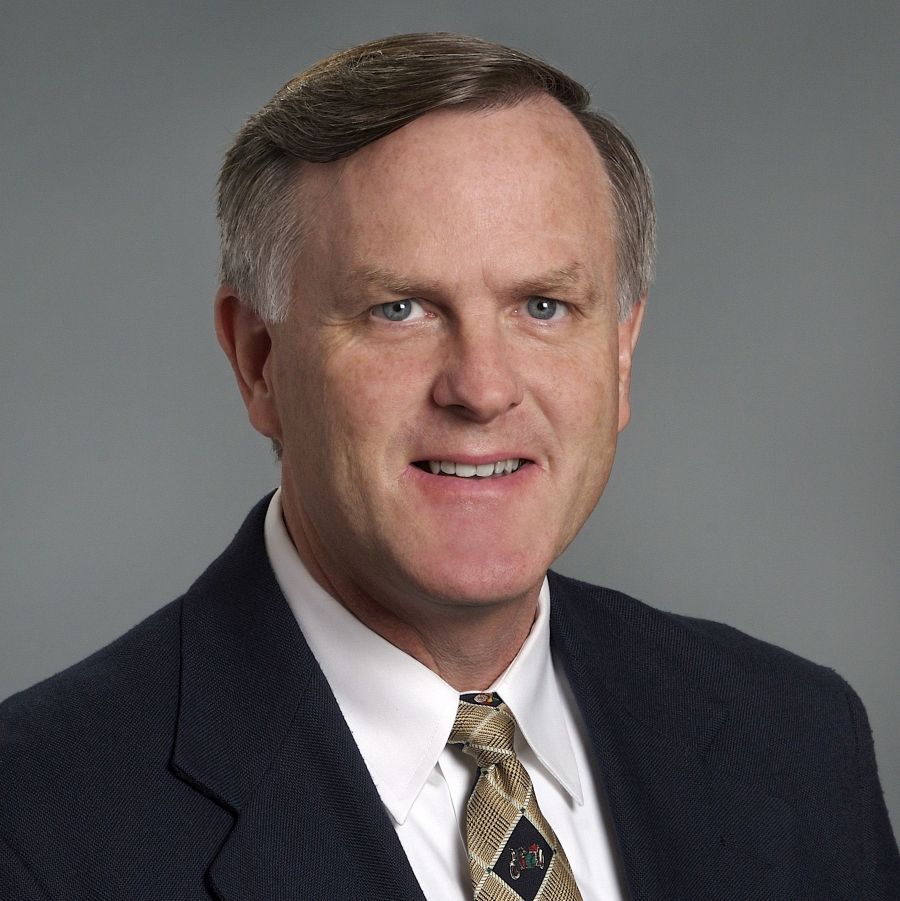
We really want to put that concept on steroids and take the students in the automotive programs and put them to work in the industry, so we keep them and not let them bleed off into some other career fields.
GEORGE ARRANTS: Well, we do have a U.S. Department of Labor registered apprenticeship program that is housed by the ASE Education Foundation. We started a pilot this summer in Phoenix, Arizona with 36 apprentices. Within the next year, we're going to move into a couple more states and work through the bugs. Then we're going to launch it everywhere in the country to all our accredited schools. It’s only for automotive right now but we are looking at the other disciplines.
MIKE COLEY: The timing on this is excellent because there's a renewed focus on apprenticeships at the federal level. In a lot of the states, their Departments of Education are adding requirements for students at the high school level to complete some work-based learning to earn their diplomas. We really want to put that concept on steroids and take the students in the automotive programs and put them to work in the industry, so we keep them and not let them bleed off into some other career fields.
ALLDATA: It’s good to hear there is some formalized interest in apprenticeship programs at the national level.
ALLDATA: At the conference, you presented the results of a survey conducted by the foundation this year to learn how many automotive students went on to careers in the automotive service industry. What were your findings?
GEORGE ARRANTS: We did the survey three years ago, and we did it again this year, but did a deeper dive. This year we did a separate survey just for high school automotive students. We were trying to find out why they were taking automotive classes, how many, and if they were planning to complete all the classes.
The number one reason for a high school automotive student not to take the next course offered was they didn't see a defined career path. Then we asked them about the guest speakers who spoke in their classrooms. Well, the guest speakers were community colleges, private schools and very few employers … no former graduates. It's completely backwards from what it should be. The most important guest speakers are either someone who sat in that seat, walked those halls and is now working in industry or the employers that have local job opportunities.
ALLDATA: Absolutely. Students need to see a light at the end of the tunnel. They need to see what they’re working towards. If there's no reward at the end, why would they bother.
GEORGE ARRANTS: Yes, and even if a student doesn’t want to turn wrenches for a living, they need to see that the industry offers so many more positions besides being a technician. Having a basic knowledge of vehicles and how they work creates so many different opportunities for someone in the industry.
ALLDATA: Absolutely. All three of us are proof of that.
GEORGE ARRANTS: We like to say our industry doesn't have a career ladder we have a career lattice. And you can go anywhere you want once you get the foundational education. And that's what we're trying to help students and the schools understand.
ALLDATA: Mike and George, thanks again for sharing your insights and filling us in on the marvelous initiatives the ASE Education Foundation is working on.
About the author
Rich Diegle, has over 35 years of experience as a master automotive technician, marketing and public relations manager, senior automotive editor, and instructor.
Look at our entire suite of products to determine your shop’s needs.
If you would like to read more articles like this one please subscribe to ALLDATA News.
